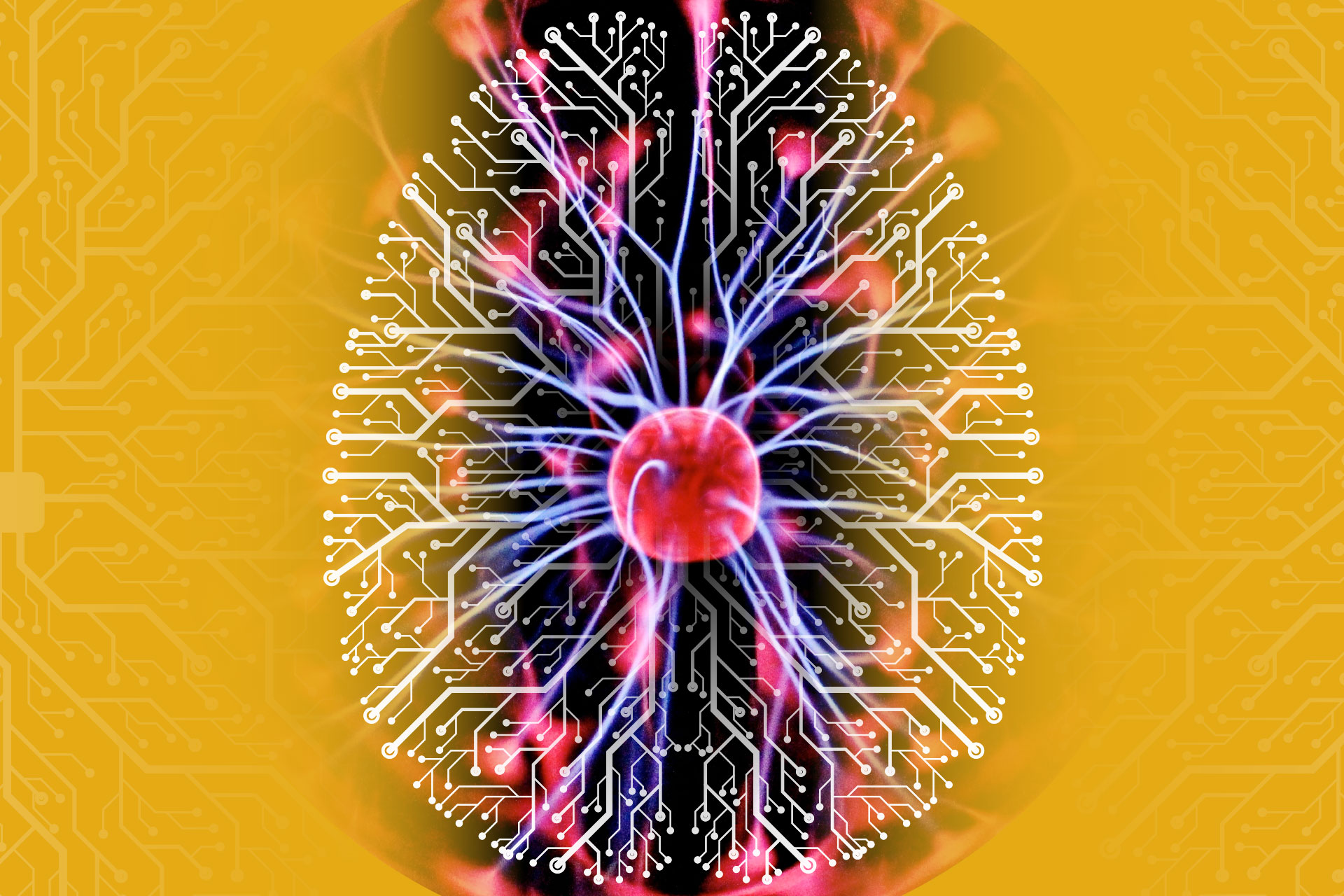
…we investigate developmental changes in childhood, adolescence, and emerging adulthood in three domains: cognitive control, impulse regulation, and social-emotional functions. Braintime is a unique longitudinal study that combines different MRI…
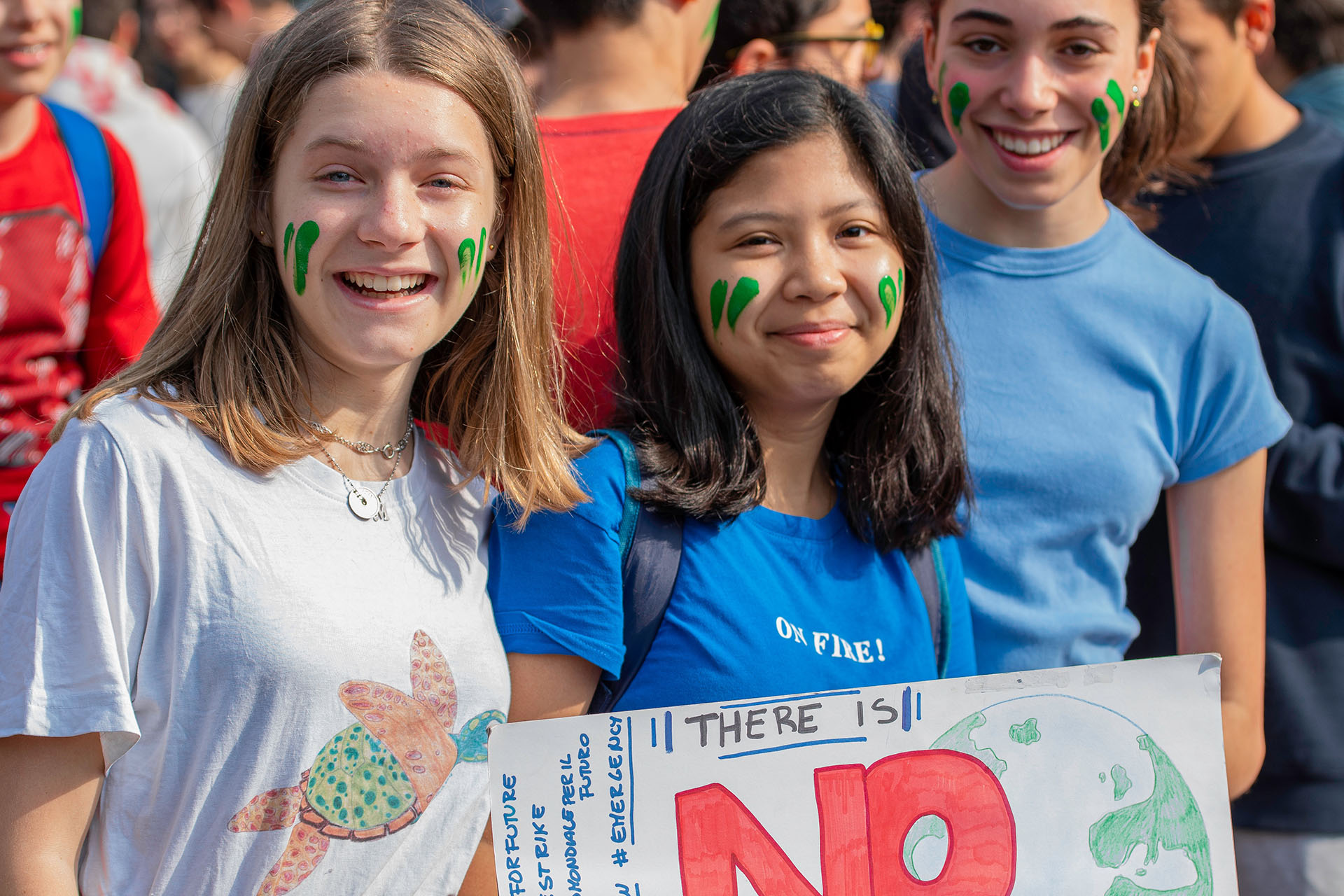
Erasmus SYNC Lab presents: the Urban Rotterdam Project Today’s society is more complex than ever, due to intense globalization and advanced digital technology. How do adolescents and young adults deal…

…that combines hormone data, neuroimaging, behavioral experiments, clinical interviews, and questionnaires to study antisocial development in individuals who committed a criminal offense before age twelve. Each wave included assessments of…
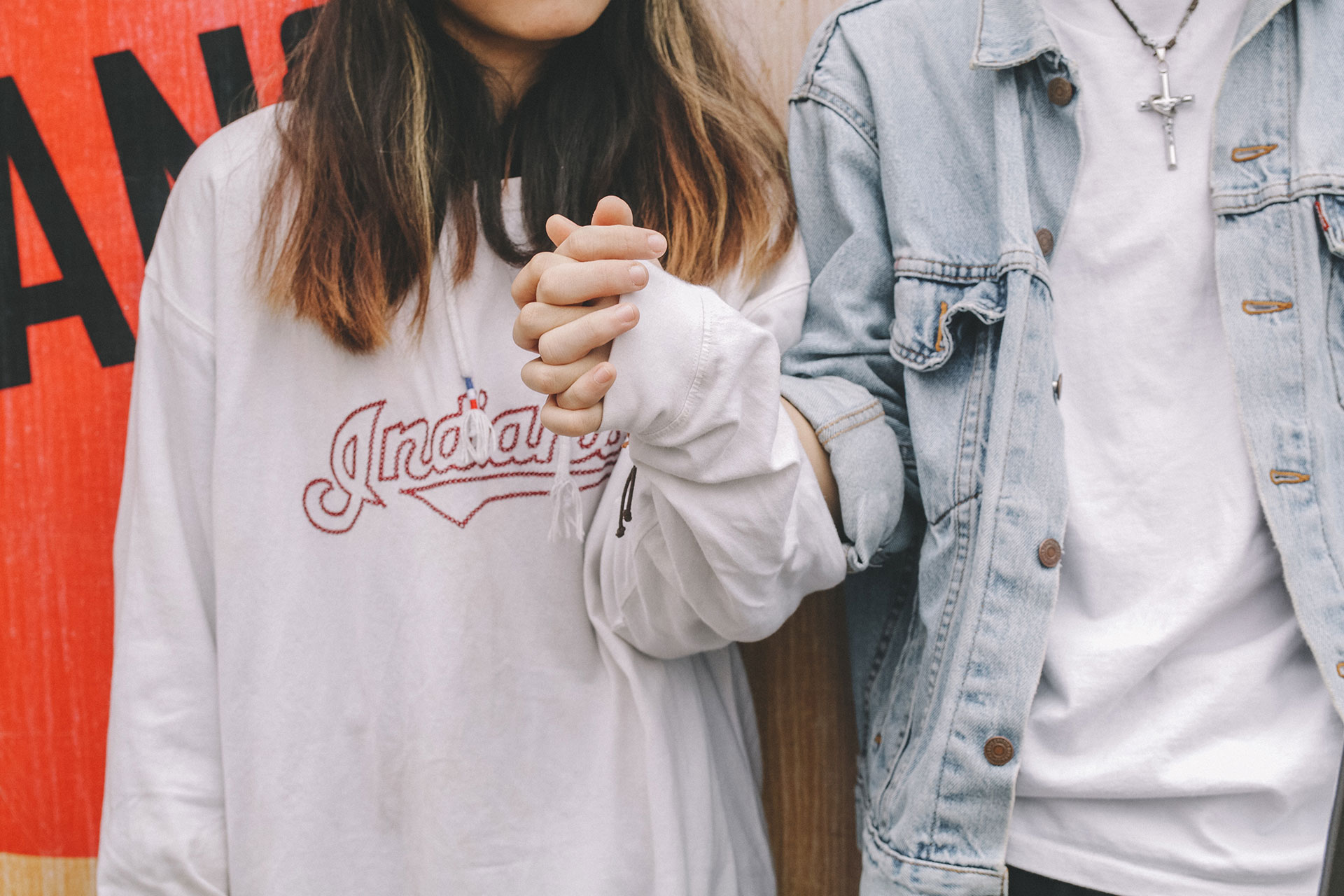
…perspective. We aim to answer several compelling questions in the longitudinal Brainlinks project to ensure that science and society benefit from understanding 1) how we interact with others, and 2)…

…efforts towards inclusion and diversity. Talent development to become the best version of yourself: No path is the same and there is no best career path. We believe that each…

…develop sustainable long-term collaborations. Collaboration over competition: We believe in collaboration in a safe environment for the best possible insights and results. Competition can be important for selecting the best…
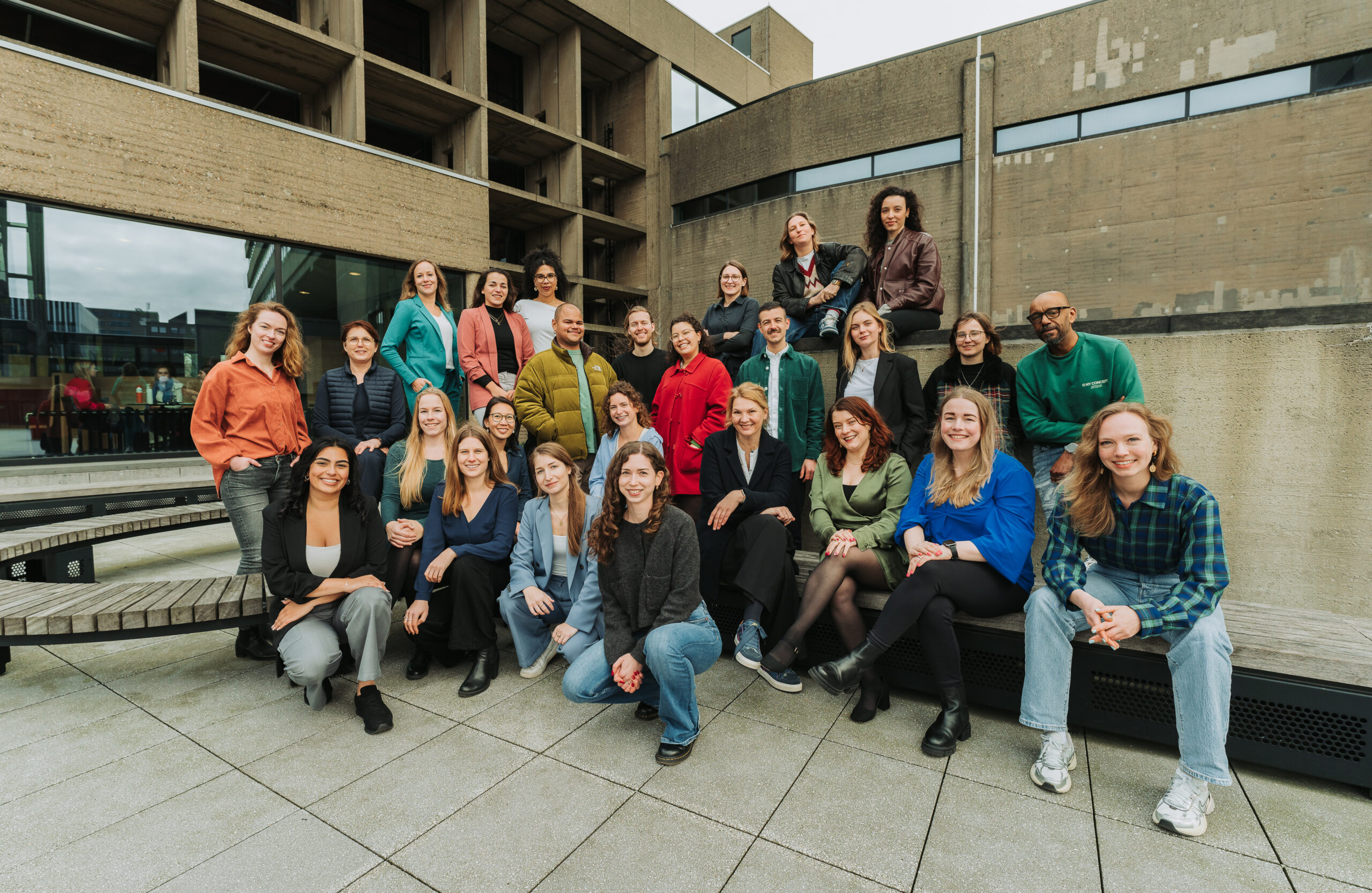
Mission Our mission is to bridge multiple levels of measurement to understand how young people develop into contributing members of society. The SYNC lab is firmly grounded in exciting new…
…how to best communicate our findings. Take a look at our societal output. Members: Sophie Sweijen, Yara Toenders, Ilse van de Groep, Diversity & Inclusion The core team ‘Diversity and…

…and inter-societal experiences and expectations may leads to adaptive (i.e., community engagement, contributing to society) and maladaptive outcomes (i.e., displaying antisocial behavior, feeling excluded from society). She is currently working…

…her PhD, two EGSH PhD Excellence Awards (best societal impact and best poster), a DPECS Dragon’s Den seed fund, and a NWA Science Communication Grant (together with her YoungXperts colleagues)….

